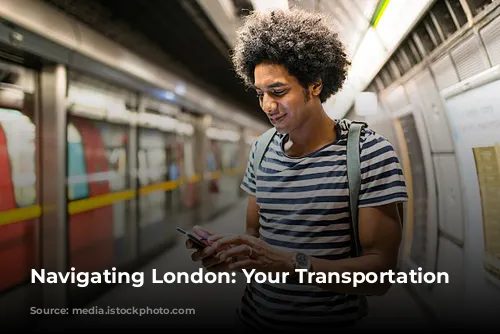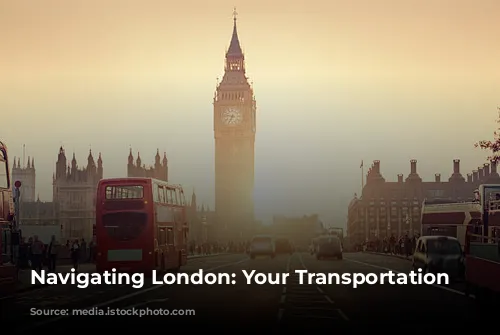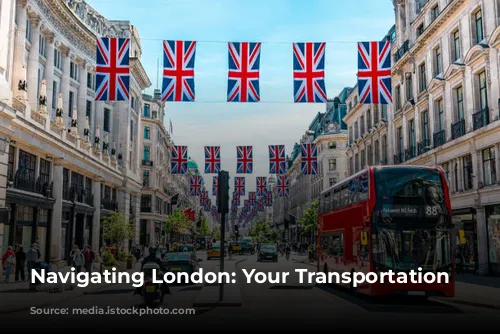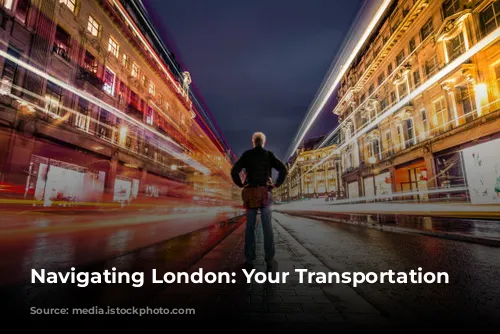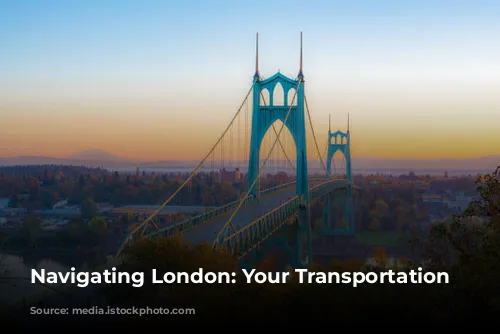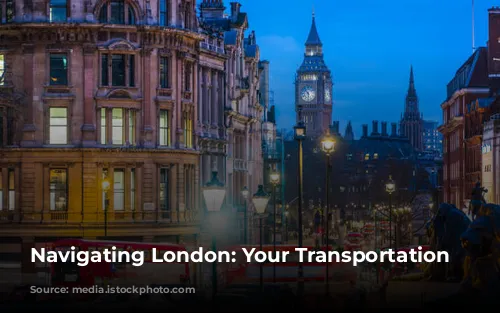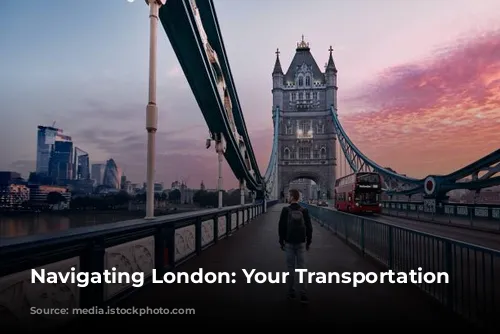Starting your journey in London can be a bit overwhelming, but don’t fret! We’ve got you covered. This guide is your one-stop shop for all things transportation in the bustling capital. We’ll discuss various options, from classic Oyster cards to modern contactless payments, and even touch on cycling, walking, and driving considerations. So, buckle up and let’s explore!
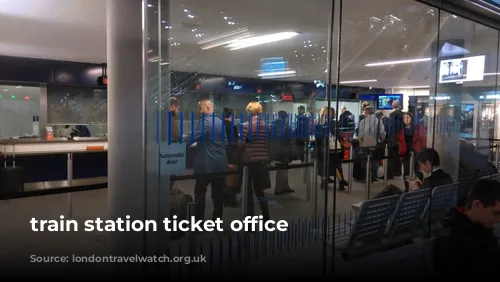
Getting Around: Your Choices
Finding your way around London is a breeze with the abundance of transportation options available. The National Rail Enquiries and TfL websites offer fantastic journey planners. TfL’s planner is especially useful, allowing you to compare different modes of travel and even check fares for each option.
For budget-conscious travelers, using an Oyster card or contactless payment card is the most affordable way to travel in London. Oyster cards are smart cards that replace paper tickets, usable on buses, Tubes, trams, rail, DLR, and even some river services. Both Oyster cards and contactless payments can also be used on the IFS Cloud Cable Car in East London, although fares might be slightly higher than other modes like the Tube or buses.
If you’re a visitor without a contactless payment card, an Oyster card is your best bet for cost-effective travel. It’s a wise choice for tourists exploring London from other parts of the UK or abroad.
Another perk of using an Oyster card or contactless bank card is the fantastic “capping” system. Capping effectively limits how much you pay for daily or weekly travel. Once you’ve reached the daily or weekly cap, any further journeys are free! You can discover more about capping on our dedicated page.
Take a look at some potential savings you could make using an Oyster or contactless card:
- The Hopper Fare offers unlimited travel on buses and trams within one hour for a mere £1.75.
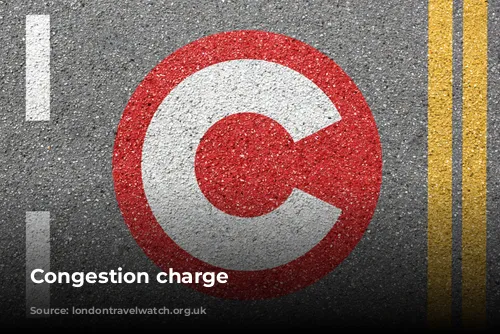
Going Contactless: A Modern Approach
Contactless payment cards have revolutionized travel in London. They are accepted on buses, Tube, trams, DLR, London Overground, and most National Rail services within the city.
Each journey you make using contactless is charged an adult-rate Pay As You Go fare. You can enjoy all the benefits of Oyster Pay As You Go, including daily and weekly capping, even though you can’t add railcard discounts to a contactless card. It’s a handy alternative if you’ve run out of credit on your Oyster card or if you’ve lost or forgotten it.
Contactless is a fantastic option for visitors and tourists from other parts of the UK, as it offers the same benefits as Oyster Pay As You Go.

Beyond the Rails: Other Ways to Explore
While public transport is a fantastic option, London offers alternative ways to get around. If you’re looking for a more leisurely experience, walking or cycling are excellent alternatives.
TfL and Walk London provide free guided walks led by experienced guides. You can easily book these walks on the Walk London website. The TfL website also has information about walking in London, including helpful Walking Tube maps.
Santander Cycles are a popular choice for exploring the city on two wheels. You can rent a bicycle for as little as £1.65 by simply going to any docking station with your bank card and touching the screen. If you’re a frequent cyclist, registering for Santander Cycle membership can save you money in the long run.
The TfL website also provides resources for cyclists, including free route maps and cycle guides.
For a more in-depth look at bike security, check out the Best Bike Lock blog by cycling enthusiast Henry Clark. He provides valuable safety tips for securing your bike.
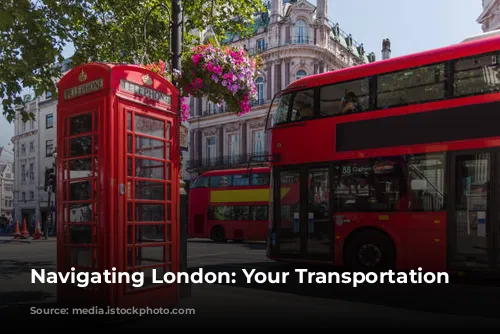
Travelcards: A Flexible Option
Travelcards offer unlimited travel within specific zones. These tickets are priced according to the zone, with the cheapest being the day off-peak (after 9:30 am Monday to Friday, all weekend). The cost is £15.20 for Zones 1-6 and £21.50 peak.
If you use Oyster Pay As You Go, the price you pay is capped, meaning you’ll never exceed the Travelcard price and will often pay less. It’s important to remember that Travelcards are not available for all zone combinations. You can compare caps and Travelcard prices on the TfL website.
If you have a Zone 1-3 Travelcard and are making a peak journey outside this area, it’s often advisable to break your journey in Zone 1 to avoid being charged the maximum peak Oyster fare for the extended portion of your journey. For instance, traveling from Harrow on the Hill (Zone 5) to Farringdon between 4-7 pm would result in the off-peak Oyster fare, but traveling from Harrow on the Hill to Herne Hill via Farringdon would result in the peak Oyster fare.
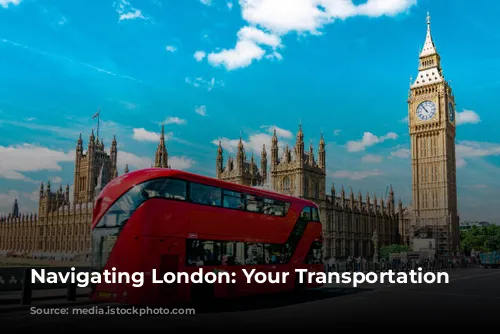
Traveling Beyond Your Travelcard Zone
If you venture outside the area covered by your Travelcard, it’s essential to purchase an extension ticket. You can find these tickets at the ticket office or ticket machine if no office is available. This is more cost-effective than buying individual tickets between the last station covered by your Travelcard and your destination.
If your destination is within the Oyster zone, ensure you have sufficient Pay As You Go credit on your Oyster card before you travel. Additionally, it’s crucial to always “touch in” at the start of your journey and “touch out” at the end, even for parts of your journey covered by your Travelcard. This helps avoid a maximum fare, a penalty fare, or even prosecution.
When adding credit to your Oyster, remember to touch your card twice. The first touch identifies the card type, and the second touch confirms the payment amount. Failing to touch the card for a second time could lead to the loss of cash or money being deducted from your credit/debit card without being added to your Oyster card.
If you’re traveling across London but not through Zone 1 and you see a pink card reader when changing trains, touch your card on it. Pink card readers are located at some Tube and London Overground stations. Using a pink reader instead of the standard yellow Oyster/Contactless card reader ensures a cheaper fare, as the system recognizes that you did not travel through Zone 1.
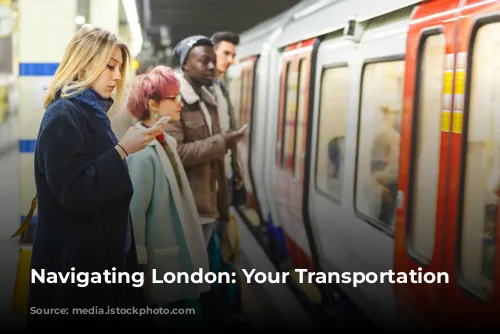
Driving in London: Charges and Regulations
Driving in London comes with specific charges and regulations. The Congestion Charge is a £15.00 daily charge for driving within the designated charging zone. This charge applies between 7:00 am and 6:00 pm Monday to Friday and between 12:00 pm and 6:00 pm on Saturdays, Sundays, and Bank Holiday Mondays. It is in effect every day of the year except between Christmas Day and New Year’s Day bank holiday (inclusive). The easiest way to pay is by setting up Auto Pay. Exemptions and discounts are also available.
It’s crucial to remember that the Congestion Charge and the ULEZ charge are not the same. Many drivers must pay both charges to drive into London.
The Ultra Low Emission Zone (ULEZ) operates 24 hours a day, 7 days a week, every day of the year except Christmas Day. This zone now covers all areas within the North and South Circular Roads. The North Circular (A406) and South Circular (A205) roads are not included in the zone. Most vehicles, including cars and vans, must meet the ULEZ emissions standards or their drivers must pay a daily charge to drive within the zone.
- £12.50 for most vehicle types, including cars, motorcycles, and vans (up to and including 3.5 tonnes)
- £100 for heavier vehicles, including lorries (over 3.5 tonnes) and buses/coaches (over 5 tonnes)
Check your vehicle and its charge to ensure you are compliant with the ULEZ requirements.
Navigating London can be a smooth journey with careful planning and understanding of the city’s transportation systems. This guide provides a comprehensive overview of various options and their associated charges, allowing you to make informed choices that suit your needs and budget. Enjoy your exploration of this vibrant city!
